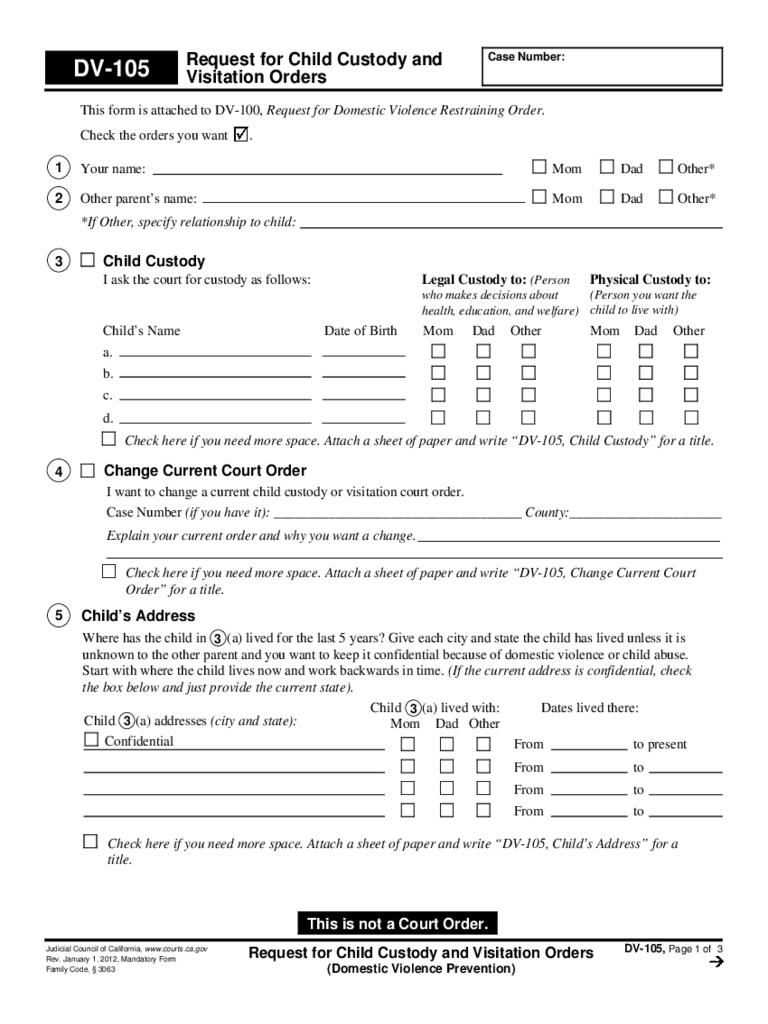
.jpg)
The Targeted Tax Areas (TTA) and Manufacturing Enhancement Areas (MEA) both expired on December 31, 2012.

Enterprise Zones (EZ) and Local Agency Military Base Recovery Areas (LAMBRA) were repealed on January 1, 2014. Repeal of Geographically Targeted Economic Development Area Tax Incentives The California legislature repealed and made changes to all of the Geographically Targeted Economic Development Area (G-TEDA) Tax Incentives. Report your capital assets on Schedule D-1, Sales of Business Property. California does not conform to the amendments under the TCJA. See Property Subject to IRC Section 179 Expense Deduction Recapture, under General Information B, Special Rules, for details.Ĭapital Assets – The TCJA, amended IRC Section 1221 excluding a patent, invention, model or design (whether or not patented), and a secret formula or process held by the taxpayer who created the property (and certain other taxpayers) from the definition of a capital asset. Partnerships, Limited Liability Companies (LLCs) classified as partnerships, S corporations, and their partners, members, and shareholders, must follow the procedures for reporting all sales or other dispositions of property for which the IRC Section 179 expense deduction was claimed. Taxpayers should not consider the instructions as authoritative law.
CA D1 FORM CODE
It is not possible to include all requirements of the California Revenue and Taxation Code (R&TC) in the instructions. We include information that is most useful to the greatest number of taxpayers in the limited space available. The instructions provided with California tax forms are a summary of California tax law and are only intended to aid taxpayers in preparing their state income tax returns.

To California Adjustments, the instructions for California Schedule CA (540), California Adjustments - Residents or Schedule CA (540NR) California Adjustments - Nonresidents or Part-Year Residents, and the Business Entity tax booklets. Additional informationĬan be found in FTB Pub. For more information, go to ftb.ca.gov and search for conformity. When California conforms to federal tax law changes, we do not always adopt all of the changes made at the federal level. However, there are continuing differences between California and federal law. In general, for taxable years beginning on or after January 1, 2015, California law conforms to the IRC as of January 1, 2015. With AGI of $250,000 or more for the taxable year in which the exchange begins.


 0 kommentar(er)
0 kommentar(er)
